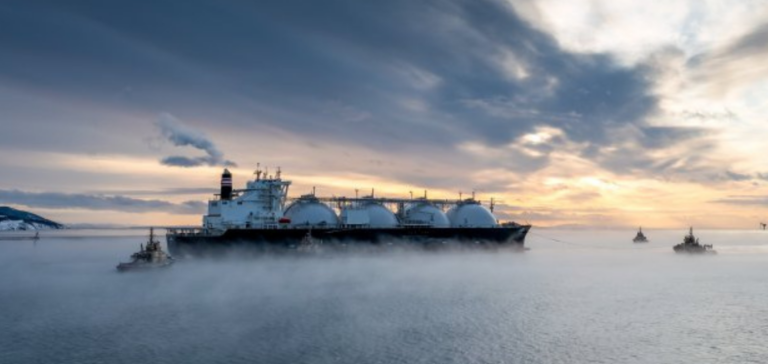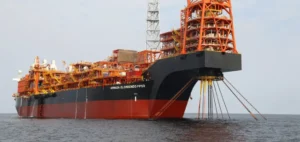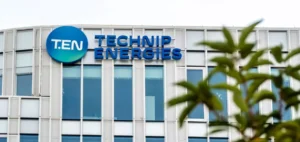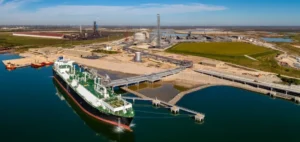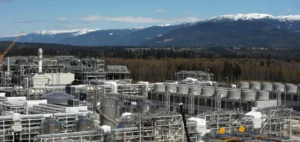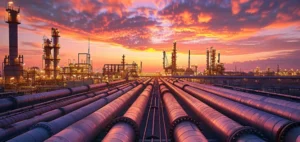As November approaches, the European Union (EU) is grappling with a major shift in the dynamics of the liquefied natural gas (LNG) market. The once stagnant cargoes floating off Europe’s coasts began to be unloaded, marking a notable change from the trends of previous months. This movement coincides with the transition of EU natural gas storage to net withdrawals for the first time in seven months, signaling a crucial period in the region’s energy management.
Strategic choices in LNG freight management
Charterers’ strategic decision to float their LNG cargoes, a tactic used to capitalize on potential price rises, was influenced by a balance between the costs of maintaining offshore storage and market prices. This trend is particularly evident when we compare the economic feasibility of selling LNG at today’s lower prices with the potential gains in future markets, such as the Pacific Basin. Data from S&P Global Commodity Insights show a decline in global floating volumes, estimated at around 27 billion cubic meters (Bcm) at the beginning of November, down on October’s figures.
US influence on global LNG trends
The United States has become a major contributor to the year-on-year increase in floating LNG volumes. It is estimated that nearly 9 billion cubic meters of U.S.-origin LNG were on the water in November, an increase on the previous year. This trend underlines the changing geopolitical and commercial dynamics of the global LNG market.
Gas storage trends in Europe
European storage facilities, which had almost reached full capacity, began to gradually decline. According to data from the Aggregate Gas Storage Inventory, gas stored in the EU fell slightly to a 99.61% fill rate on November 7, a subtle but telling sign of changing market conditions. Progressive withdrawals continued until mid-November, with storage levels at 99.49% as of November 12.
Price fluctuations and market responses
The deployment of floating storage on European markets can be partly attributed to a surge in LNG prices in North-Western Europe (NWE) on November 9. This surge in prices prompted companies to release volumes in anticipation of a potential drop in prices. However, the market has since shown signs of slowing down, with NWE LNG prices adjusting downwards in December.
In addition, the increase in LNG unloadings in Europe has led to a further reduction in NWE LNG prices compared with the price of the Dutch TTF natural gas hub. This scenario is attributed to the glut of LNG in terminals, reflecting the complex interplay of supply, demand and prices in the region’s energy market.
Impact on LNG transport and logistics
The shipping dynamics associated with LNG trade are also changing. The unloading of floating cargoes should alleviate the current shortage of shipping capacity in the market, a situation exacerbated by longer voyages to Asia and operational challenges such as the closure of the North/Arctic route and congestion in the Panama Canal. Although the immediate effects of these developments may be limited, they mark a pivotal moment in the global LNG trade and transport landscape.
Andres Rojas, LNG trade and transportation analyst at S&P Global Commodity Insights, notes that the current tightening of available tonnage is partly due to a reduction in the number of remarketings offered to the market, as traders choose to keep any tonnage available during the volatile winter months.
November marks a critical turning point in the European LNG market, with the unloading of cargoes and the start of net withdrawals from storage. These developments, influenced by a complex set of factors including price dynamics, geopolitical changes and logistical challenges, are reshaping the European energy landscape. As the winter season progresses, the interplay between supply, demand and infrastructure will continue to dictate the trajectory of the LNG market in Europe and beyond.

